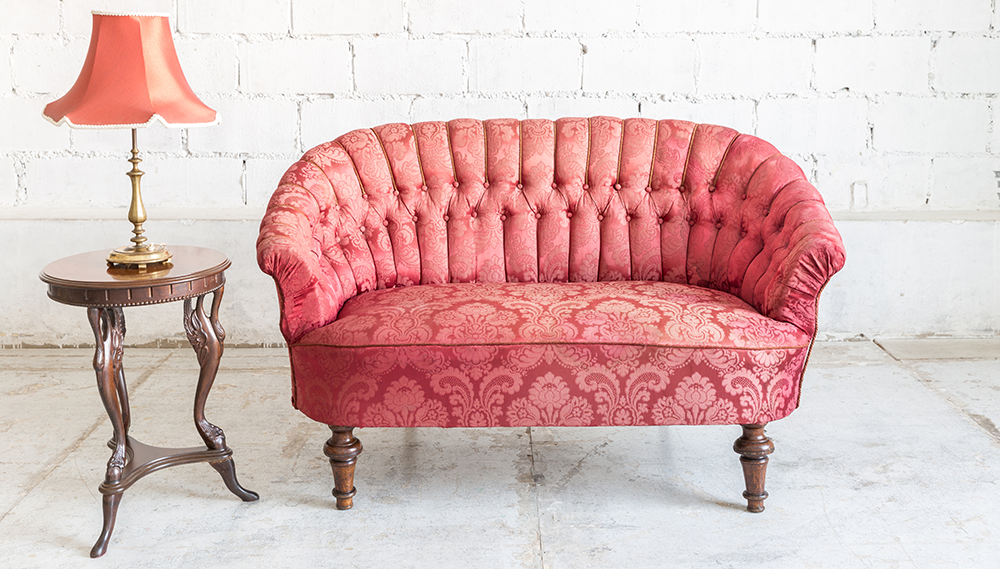Best Fabrics for Upholstery Projects24 June 2024 | Admin
Choosing the suitable fabric for your upholstery project is crucial for ensuring durability, appearance, and ease of maintenance. Here, we will explore some of the best fabrics available, detailing their pros and cons to help you make an informed decision. 1. LeatherPros: Leather is known for its durability, ease of cleaning, and its ability to age gracefully. It adds a touch of luxury to any piece of furniture. Cons: Leather can be expensive and is prone to scratching. It also requires regular maintenance to keep it looking its best. 2. MicrofiberPros: Microfiber is extremely durable, stain-resistant, and easy to clean. Itís an excellent choice for households with kids and pets. Cons: It can show water stains and may not be as breathable as natural fabrics, which can affect comfort. 3. CottonPros: Cotton is breathable, comfortable, and available in a wide range of colours and patterns. Itís a versatile choice for various upholstery projects. Cons: Cotton is less durable than some synthetic fabrics and can stain easily. It also tends to wrinkle. 4. LinenPros: Linen is strong, breathable, and offers a casual yet elegant look. Itís perfect for creating a relaxed atmosphere. Cons: Linen wrinkles easily and can be challenging to clean, making it less suitable for high-traffic areas. 5. WoolPros: Wool is durable, resistant to pilling and fading, and has natural flame resistance. Itís a great option for long-lasting upholstery. Cons: Wool can be expensive and may require special cleaning methods. 6. VelvetPros: Velvet offers a luxurious appearance and soft texture, available in rich, vibrant colours. Itís perfect for making a bold statement. Cons: Velvet can attract dust and pet hair, and it may wear down over time with heavy use. 7. PolyesterPros: Polyester is durable, stain-resistant, and less likely to fade. Itís a cost-effective option for many upholstery projects. Cons: Polyester can pill over time and might not be as comfortable as natural fibres. 8. AcrylicPros: Acrylic is resistant to fading and wear, and it can mimic the feel of wool at a lower cost. Cons: Acrylic can pill and is generally less durable than other upholstery fabrics. 9. ChenillePros: Chenille is soft and comfortable with a luxurious appearance, making it a popular choice for cosy furniture. Cons: It can snag easily and might be difficult to clean. 10. Olefin (Polypropylene)Pros: Olefin is very durable, stain-resistant, and suitable for heavy use. Itís a practical choice for high-traffic areas. Cons: The range of colours and patterns is limited, and it can be less comfortable compared to natural fabrics. Tips For Choosing Upholstery FabricConsider the Roomís Use: High-traffic areas require more durable fabrics to withstand wear and tear. Selecting the right upholstery fabric involves balancing durability, appearance, and maintenance needs. Each fabric type offers unique benefits and drawbacks, so consider the specific requirements of your project to make the best choice. Whether you prioritise luxury, comfort, or practicality, thereís a perfect fabric for your upholstery project. |
|



